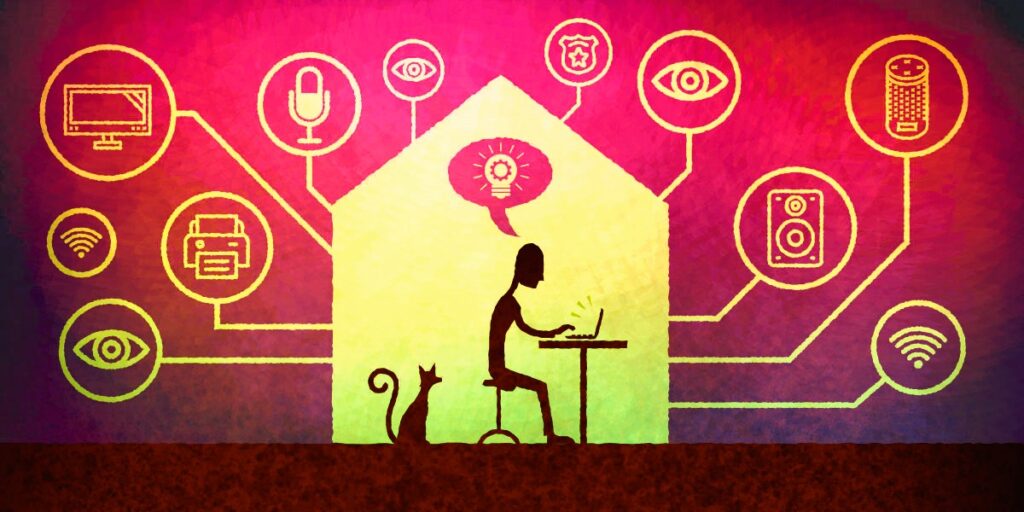
Smart home devices have undergone a remarkable evolution in recent years, transforming the way we interact with our living spaces and enhancing convenience, comfort, and security. From voice-controlled assistants to connected appliances and automated systems, the integration of smart technology into our homes has revolutionized daily life, offering unprecedented levels of control and efficiency.
Understanding Smart Home Devices
Smart home devices, also known as home automation or domotics, refer to electronic devices and systems that are connected to a network and can be controlled remotely. These devices leverage sensors, actuators, and connectivity technologies such as Wi-Fi, Bluetooth, and Zigbee to communicate with each other and with the user, allowing for automated and intelligent control of various home functions.
Integration of Smart Home Devices
One of the key trends in the evolution of smart home devices is the increasing integration and interoperability between different devices and systems. Early smart home solutions often consisted of disparate devices that operated independently, requiring users to manage multiple apps and interfaces. However, as the smart home market has matured, there has been a greater emphasis on standardization and compatibility, enabling seamless integration between devices from different manufacturers.
Platforms such as Apple HomeKit, Google Assistant, and Amazon Alexa have emerged as central hubs for controlling and coordinating smart home devices. These platforms support a wide range of devices and protocols, allowing users to create cohesive and interconnected smart home ecosystems. For example, users can use voice commands to control lights, thermostats, and security cameras from different manufacturers, all through a single interface.

Convenience and Efficiency
Smart home devices offer unparalleled convenience and efficiency by automating routine tasks and streamlining home management. For example:
- Smart Thermostats: Thermostats such as the Nest Learning Thermostat can automatically adjust temperature settings based on user preferences, occupancy patterns, and weather conditions, optimizing energy usage and reducing utility costs.
- Smart Lighting: Smart lighting systems like Philips Hue allow users to remotely control and schedule lights, create custom lighting scenes, and adjust brightness and color settings to suit different activities and moods. Read about innovations that contribute to technological progress in our article.
- Smart Appliances: Connected appliances such as refrigerators, ovens, and washing machines can provide status updates, notifications, and diagnostic information to users via smartphone apps, enabling remote monitoring and troubleshooting.
- Home Security: Smart home security systems offer features such as motion detection, remote monitoring, and real-time alerts, allowing users to monitor and protect their homes from anywhere.
Challenges and Considerations
While smart home devices offer numerous benefits, there are also challenges and considerations to be aware of:
- Security and Privacy: Connected devices can be vulnerable to hacking and unauthorized access, posing risks to user privacy and home security. Strong encryption, secure authentication, and regular software updates are essential to mitigate these risks.
- Interoperability: Despite efforts to standardize protocols and promote compatibility, interoperability issues can still arise when integrating devices from different manufacturers. Users should carefully research compatibility and consider investing in devices that adhere to open standards.
- Complexity: As smart home ecosystems grow in complexity, managing and troubleshooting devices can become challenging for users. Manufacturers should prioritize user-friendly interfaces, intuitive setup processes, and comprehensive support resources to simplify the user experience.
The evolution of smart home devices has transformed the way we interact with our homes, offering integration, convenience, and efficiency like never before. By leveraging interconnected ecosystems, standardized protocols, and intelligent automation, smart home technology has the potential to enhance comfort, security, and sustainability in homes around the world.
For more information on standards and guidelines for smart home devices, please visit the International Organization for Standardization (ISO) website: ISO Smart Home Standards.

